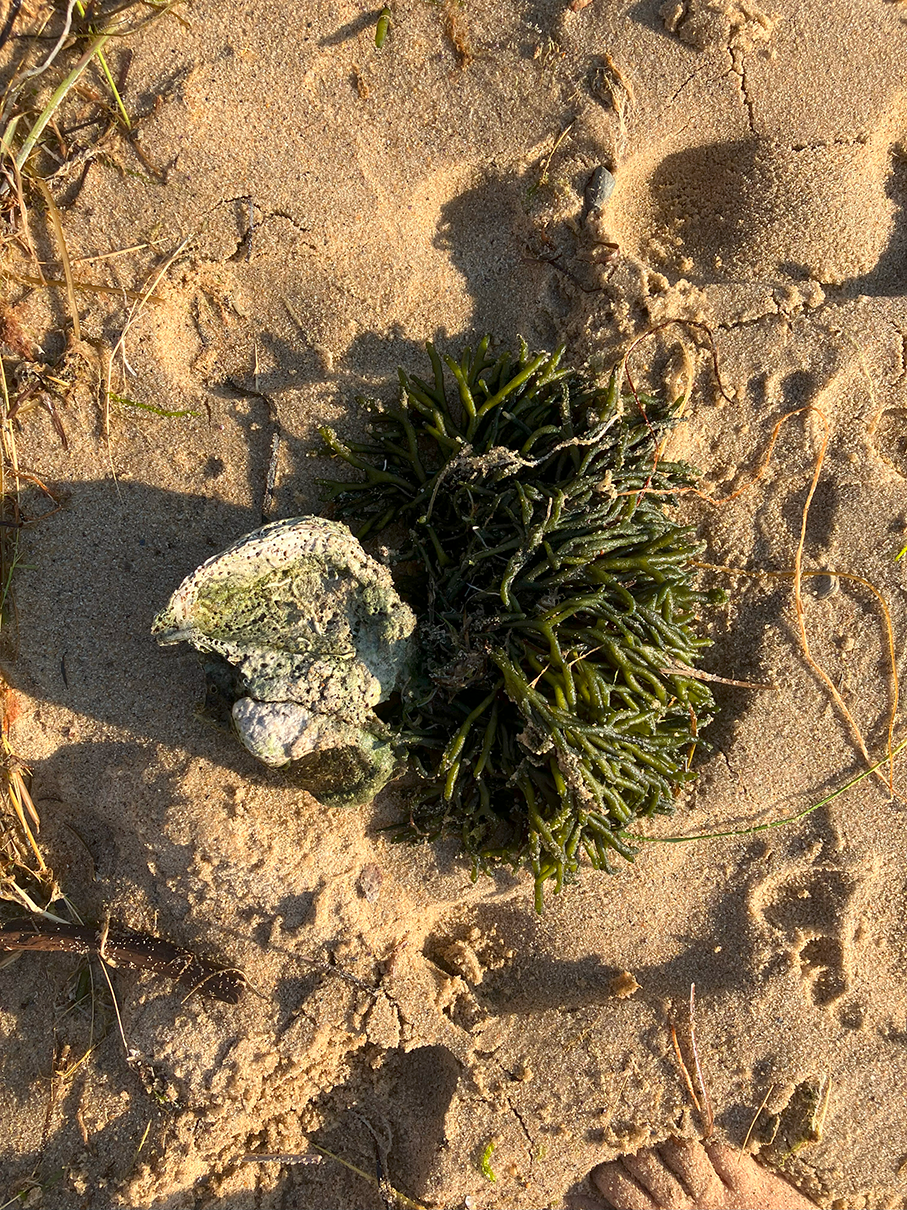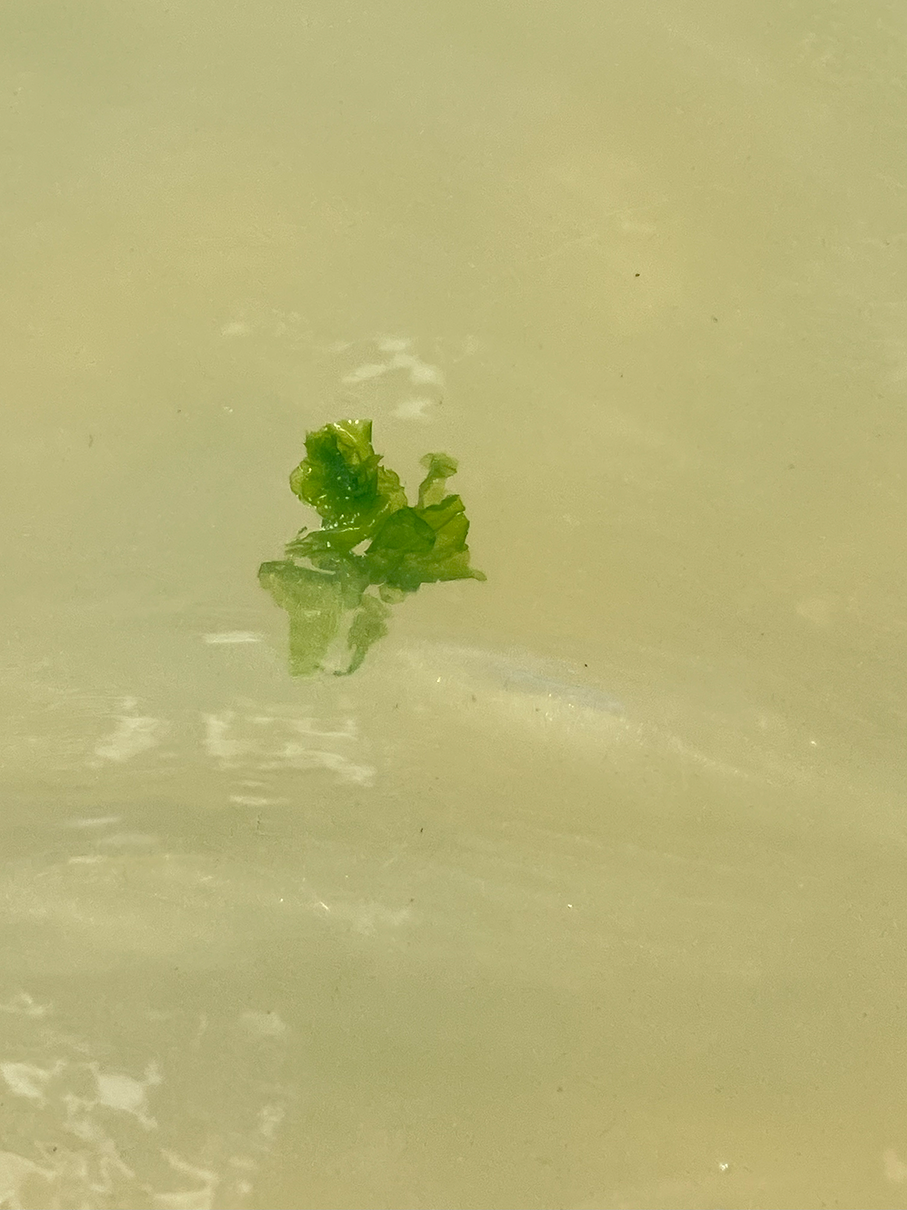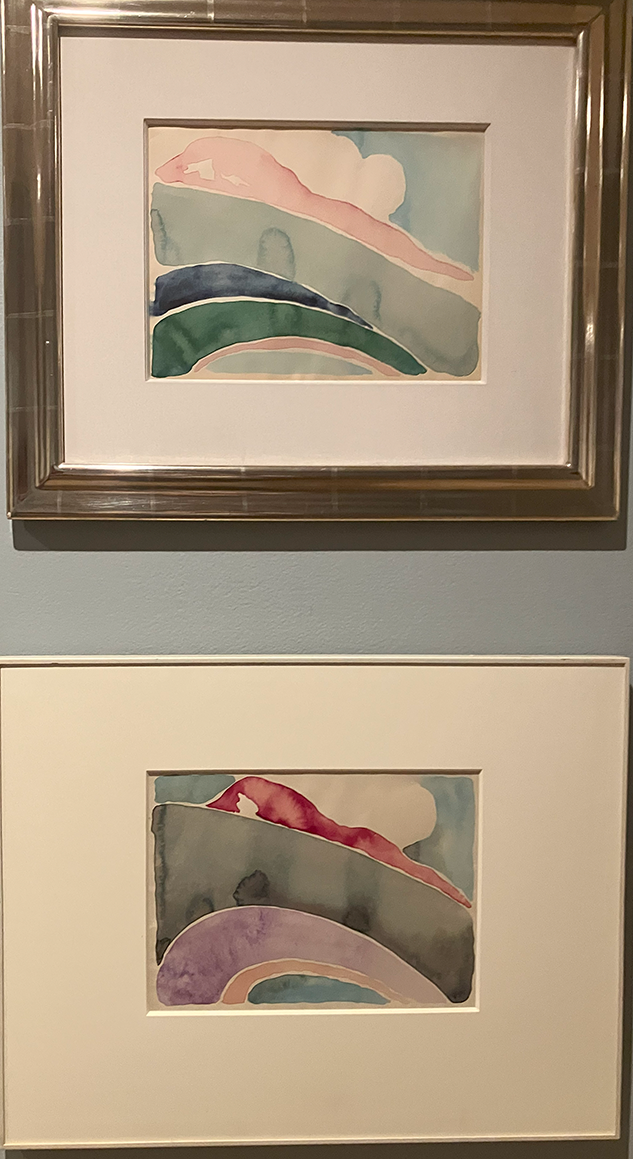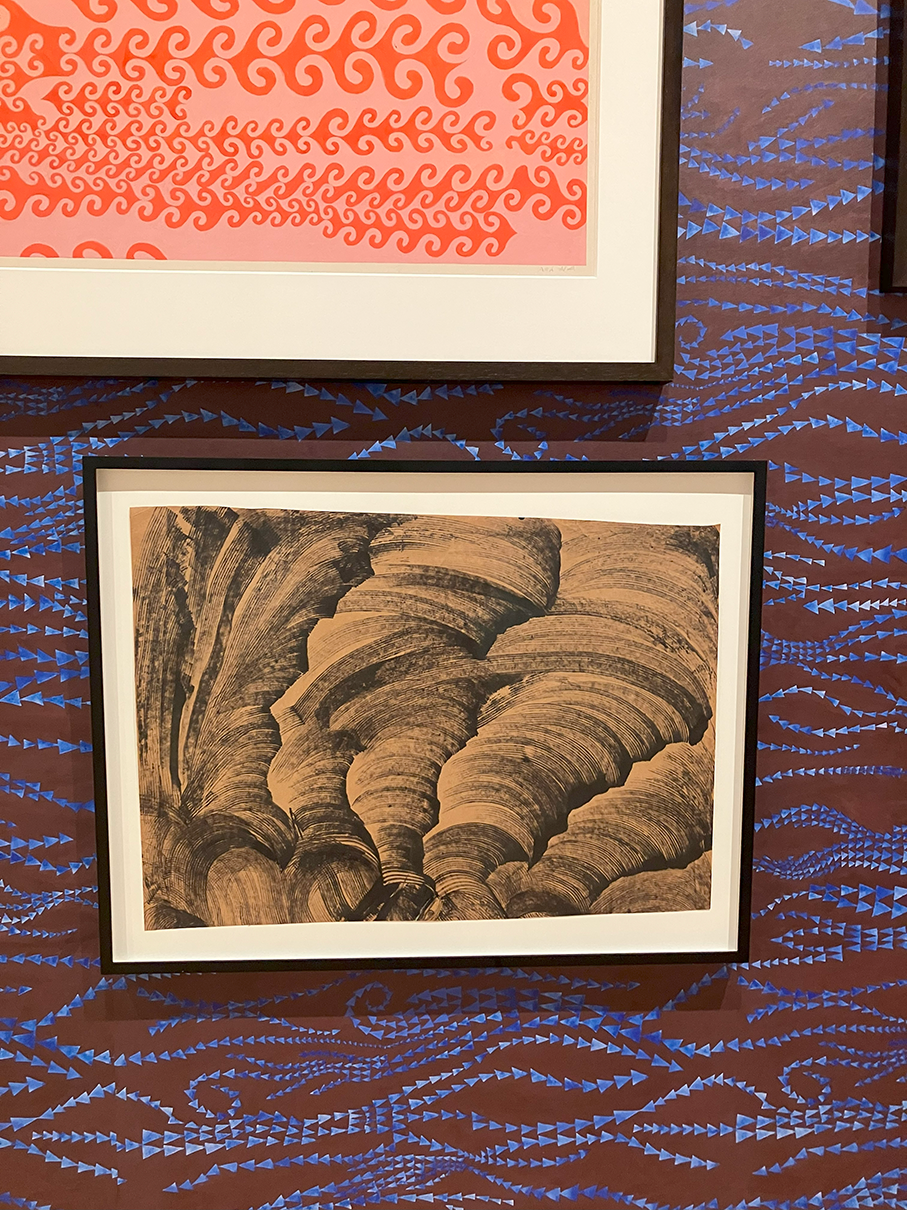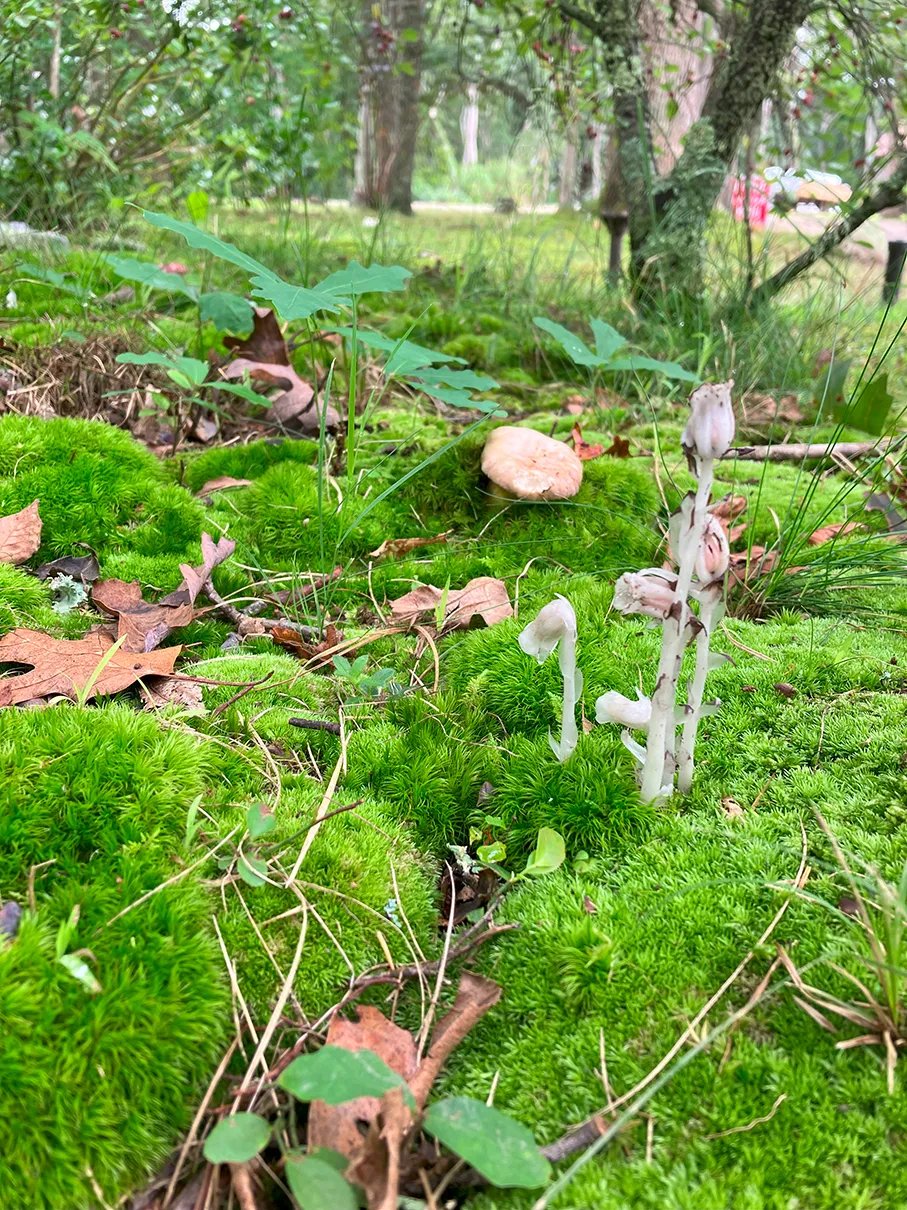September 1 2 3s
let's skip over the lack of august 1 2 3s - no-one counts in august after all - and move swiftly onto glorious September
This month: awe and process. Getting connected to something outside of yourself. Trying (and failing, sometimes) to replicate that through mark-marking.
1 New Medium That I Attempted (and failed at)
In August, after getting married, Alice (my new wife!) and I got on the Peter Pan bus service that took us not-so-swiftly to Cape Cod to visit family. There, by the sea, I got obsessed with the kinds of natural forms and shapes you don’t often see living in the city: seaweed, seashells, hardy sea-weathered plants. I filled my sketchbook with them. We fervently searched google maps for an arts supply store that might sell any kind of printing materials, as I didn’t have access to my usual New York print studio.
Alice suggested anthotype to me: a form of natural printing that takes advantage of the natural light sensitivity of plants. You crush up flower petals, berries, spices, greens, leaves, vegetables, grasses, fruits, anything with a pigment, and dilute it with alcohol or water. You then treat it like cyanotype: you paint a watercolour card with it, place something you want to print on top, and place it in the sun for hours (or days, depending).
We thought of the idea of crushing local fauna and extracting the pigment, and I found a ton of seaweed on the beach for the ink: codium fragile, which goes by many nicknames that include dead man’s fingers, green sea fingers, sea staghorn and oyster thief. The final nickname is given because it smothers beds of shellfish, and for this reason it is considered invasive, having originally been transported to the east coast of America from the seabed near Japan in the 1920s, possibly by ships.
We also found sea lettuce, a native plant. Alice had the idea of using the invasive species which grew in abundance to make an ink to print the more delicate, rare native species. I cycled around various local shops until I found rubbing alcohol in Ace Hardware, usually used for first aid, which I would use as a dilutant.
This video can give you a glimpse of the visual experience of grinding up the dried seaweed and alcohol in the food processor but it can’t convey to you the absolutely putrid smell of medicinal alcohol blended with old salt water and sea weed. Horrible. It didn’t even work: it just made a weird pulpy soup, rather then crushing it up and emulsifying it so it would work as a pigment. I did try to use it as such: it was faint, and the sun faded what was there within half an hour.
Failure stinks! Maybe it would have worked better in a pestle and mortar! I want to investigate this further and make prints from weird inks and pigments.
2 Exhibitions That I Loved
Georgia O’Keeffe at the MoMA and Ruth Asawa at the Whitney:
If this month I am thinking about slowing down, loving observation of the world, meditative art-making, watching the world around you and seeing the patterns, shapes, rhythms, shapes, and recording them with experimental process, then Georgia O’Keeffe and Ruth Asawa are the perfect artists to match this theme. Both played with medium to record the world around them, both objects and landscapes.
In the examples above, O’Keeffe on the right uses broad brush strokes with watercolour to convey the mountainous landscapes, and Asawa on the right uses a notched broad felt-tip pen to create patterns to show waves.
3 Moments Of Awe
A dear artists friend and I took a moment on holiday to walk all the way around a kettle pond, but in the water, very slowly, and observe the world. Taking the time to be very still creates the opportunity to see all kinds of amazing things, and I noted to my friend that often living in the city makes it hard to experience Awe, and how important that is to us both as artists and as humans. And so, three moments of awe that I will always remember:
In said pond, we came across two herons on a broken pine branch. Their grey bodies - though huge - blended perfectly with the ashy bark. I had never seen one before. What completely weird, huge birds.
Cycling over to the wavy Atlantic ocean, I walked down the beach and was shocked to see the beach mostly disappear, the waves reach the dunes, touch the toes of the sun-tanners in their deck chairs. It was clearly not for swimming, and this was confirmed when I saw a seal, a shark’s prey. The seal was playfully flipping around the waves, and I felt intensely jealous of its play.
It rained a lot while we were there, and fungi of a huge variety in shape and colour popped up, along with what looked like a colourless flower or the wax melting off a white candle. I found out later that it was montropa uniforma, or ghost plant or indian pipe, and that it is a chlorophyll-less plant, and parasitic of a russuleae fungi, which we had seen a lot of and looks like a very classic picture-book red-capped white-stem toadstool.
That’s it from me until October! I have some availability for design work coming up, so please do share with your friends, mothers, colleagues, neighbours.

